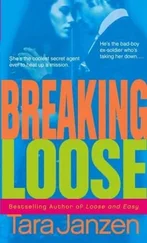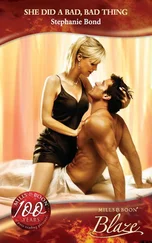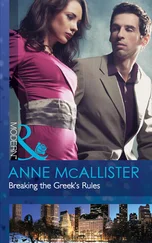Music, Winter (2010) argues, occupies the same space of the events directly represented: “Trying to imagine the opening idol-stealing scenes of Raiders of the Lost Ark … without John Williams’s music is, I would suggest, an unnerving experience” (230).
The song, also entitled “Negro Y Azul,” has been written by Mexican performer, composer and artist promoter Pepe Garza, who adapted Vince Gilligan’s lyrics in Spanish and into a narcocorrido structure.
In the past decade there has been a growing interest in narcocorridos ; see in particular, Ramírez-Pimienta (2011; 2004); Villalobos and Ramírez-Pimienta (2004); Valenzuela Arce (2002); Wald (2001); Simonett (2001).
I have found these comments on YouTube discussions and online forums, such as “Negro Y Azul,” A.V. Club , accessed 12 October 2012, http://www.avclub.com/articles/negro-y-azul,26858/and “Episode 7: Negro Y Azul,” AMC , accessed 12 October 2012, http://www.amctv.com/shows/breaking-bad/episodes/season-2/negro-y-azul.
The song “Crapapelada” was composed by Gorni Kramer (music) and Tata Giacobetti (lyrics) in 1936, therefore during the fascist regime, while the version used in the series was recorded in 1945 some months after the Liberation. The title of the song is the equivalent for “bald head” in Milanese dialect and allegedly was a way to make fun of Mussolini while avoiding censorship. Interestingly, some fans interpret the song as a riddle and discuss on YouTube and in other forums whether it is a reference to Walt’s shaved head.
This sequence, surely supported by David Costabile’s remarkable performance (he is a trained classical singer) as Gale, leaves us with the impression that this character would have many more surprises in store for us, were he given more fictional time to live. In fact, in a later episode (“Bullet Points”), Gale reappears while performing in a Thai karaoke booth (we can recognize it from the Thai subtitles). His passionate performance of Peter Schilling’s English version of “Major Tom” and the exotic setting add further mystery to this character. The scene with this video, recorded on a DVD that has been sized as body of evidence in Gale’s flat after his murder, allows us to compare Hank’s sarcastic reaction at “Albuquerque’s public enemy number one,” to Walt’s enigmatic concern, which is left to the viewer to interpret: does he feel guilty that he has killed such a friendly and positive person? Or is he just worried for himself, as he foresees clues that may lead to his identification? Or rather, is he outraged that this bizarre guy, passing for Heisenberg, is taking all the credit for the purest blue meth that has been such a big hit?
“Gilligan’s intention with the scene was to have Jesse hit his target. But viewers found it so hard to believe that Paul’s sensitive, soulful character could commit cold-blooded murder—debates raged in fan forums—that Gilligan reconsidered, opening the season-four writers’ room ‘with a long and spirited discussion of whether we should actually have Aaron go through with it.’ Paul’s performance was that powerful” (Romano 2011, par. 19).
For example, see D’Acci (1994) on the television series, Cagney and Lacey, which I discuss in Pribram, 2011, 12-16.
Walter’s reasons on the “Let Him Live” side of the page include: “It’s the moral thing to do”; “Won’t be able to live with yourself”; and “Murder is wrong!”
The fact that both Walter and Krazy-8 cough continuously serves as another link between them.
This indicates that emotional strategies come equipped with their own rules and procedures regarding what are acceptable versus abusive means to an end. Thus, when Walter poisons Brock (Ian Posada), the young son of Jesse’s girlfriend, in order to get Jesse to agree with him on a certain course of action, Walter is understood to have gone too far. Yet, for most of the series Walter draws the line at directly endangering Jesse’s life by, for instance, poisoning him in order to coerce agreement.
Skyler explains to her lawyer, the only person she ever confides in, that instead of having her family pay all the material and emotional repercussions for Walter’s illegal activities, her plan is to wait until her husband’s lung cancer ‘resolves’ the situation for them.












